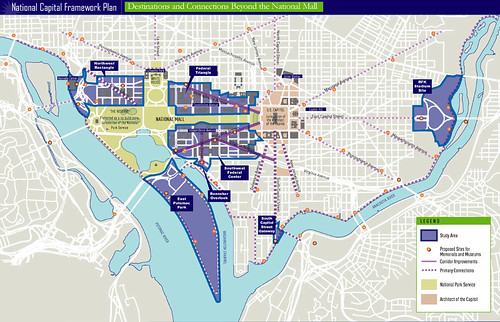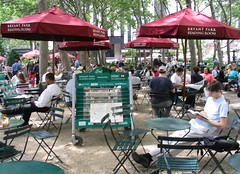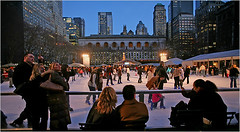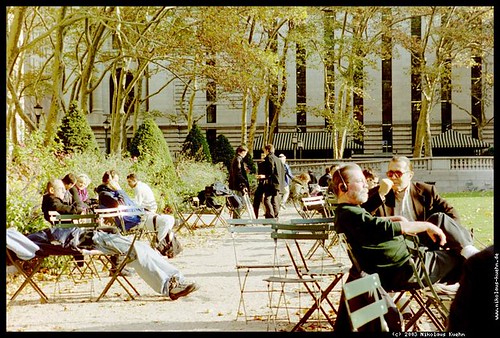National Capital Planning Commission Framework Plan

-- National Capital Framework Plan
There is a lot in there that is quite good. At the same time, there needs to be greater acknowledgement about the barriers to the creation, development and implementation of such a plan, which in reality, requires changes in how other agencies such as the National Park Service, the General Services Administration, the Smithsonian Institution (and the National Gallery, which is a separate organization) see their roles as "destination managers" in addition to their normal responsibilities.
For example, the Smithsonian Institutions don't really have a master plan. And the External Review Committee initiated by the former Undersecretary of Art Ned Rifkin ended up causing so much consternation with the various art museums--they couldn't believe that they weren't the best museums in the world--that it led to the dissolution of the Office of the Undersecretary of Art and the merging of that office in with the office that manages the history museums (NMAI, NMAH, etc.).
And the National Park Service still has a hard time grappling with commerce as being appropriate in parks.
For example, I walked through Franklin Square today, mostly it was used by homeless people, and I contrasted that to Bryant Park or Madison Park in New York City, or Schenley Plaza in Pittsburgh, all of which are in similar kinds of locations to Franklin Square, but by contrast barely used, barely vital, because of the need to positively activate the space.

Bryant Park reading room. Bridge and Tunnel Club photo.

Bryant Park skating rink. New York Times photo.

And the Commission on Fine Arts is so enamored of starchitects and glass buildings that they seem to not be noticing that they are assisting the "reproduction" of the Downtown and the expanded central business district into glass box sameness.
We need to think of the broader cultural landscape in the city and that requires more carefully defining the "federal" interest, which serves both federal government agencies and their operations, as well as the broader national interest and the role of the city as the National Capital. An agency managing its space for its needs doesn't really care or see the need to be concerned with broader concerns about how its buildings shape the landscape of the city more broadly and within the urban form context of the area in which it is located.
Granted that is what the NCPC is supposed to do, but they don't get much help to do so...
---------------------
On July 10 the National Capital Framework Plan was released for a 90-day public review and comment period that extends through October 10. Comments may be directed to FrameworkPlan@ncpc.gov or by regular mail. Apublic comment meeting will take place on Thursday, September 25 at NCPC's offices. An open house will take place at 5:30 p.m. with a presentation and discussion to follow at 6:00 p.m.
I will be testifying, although I don't expect my final written testimony to be ready until October.
Labels: federal policies and the city, urban design/placemaking



0 Comments:
Post a Comment
<< Home